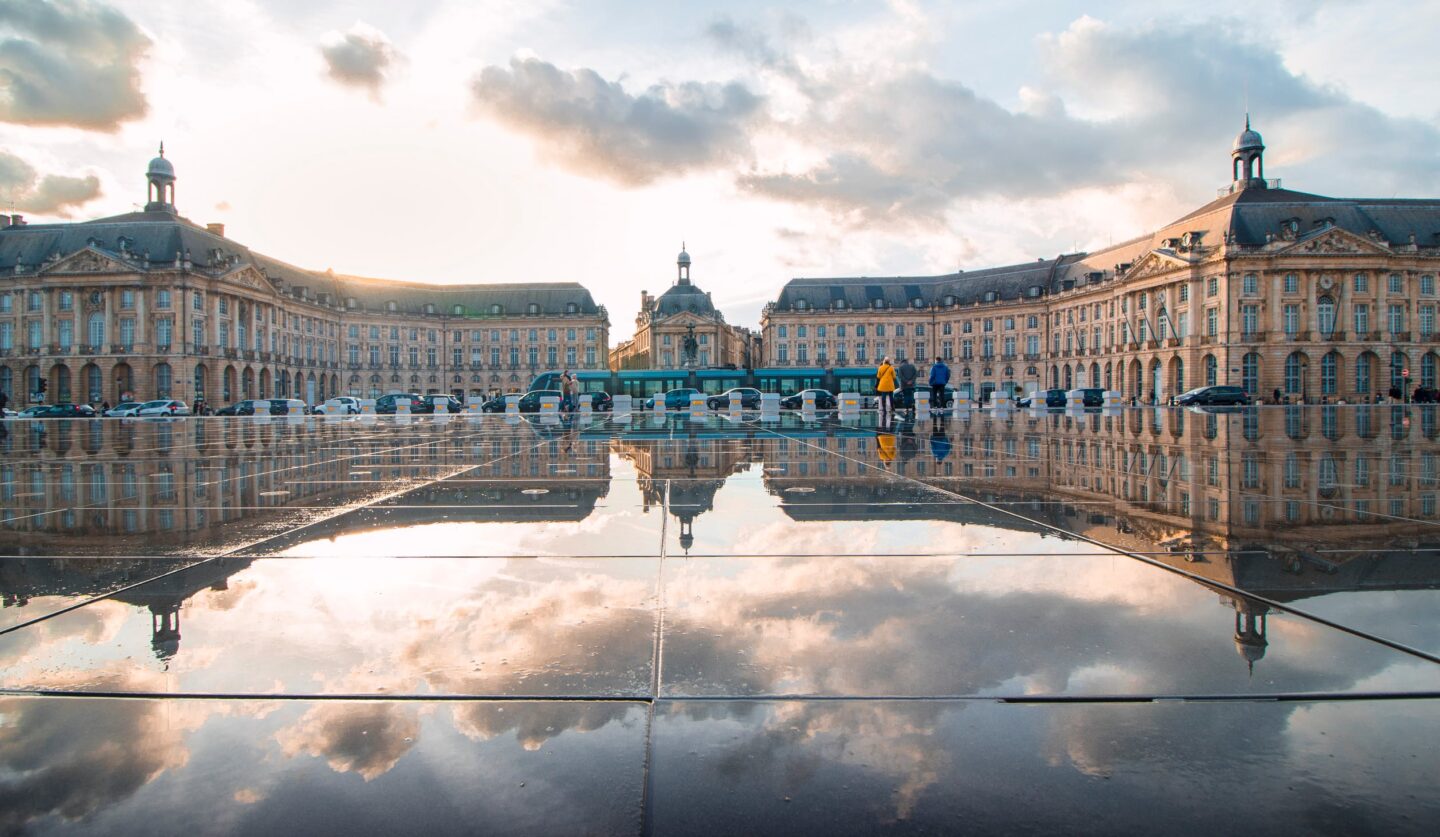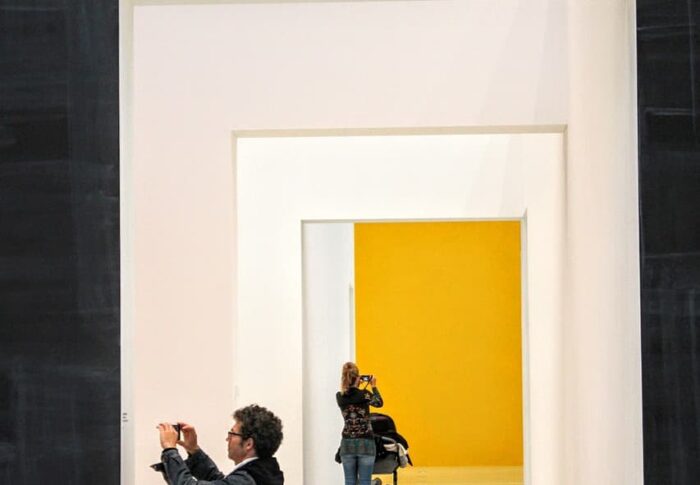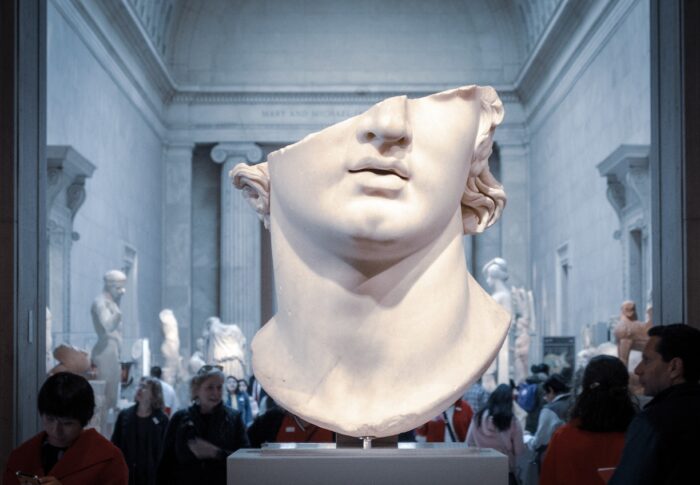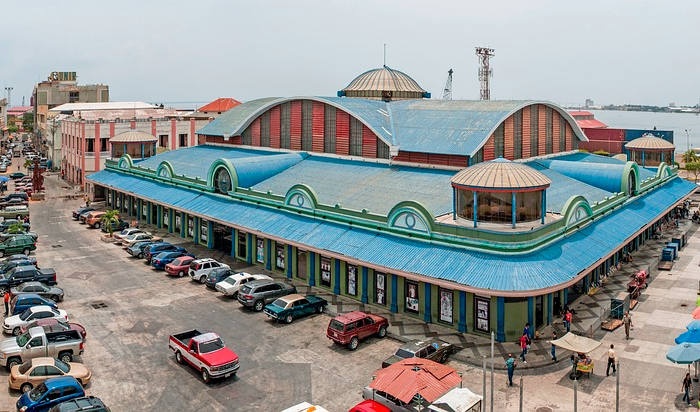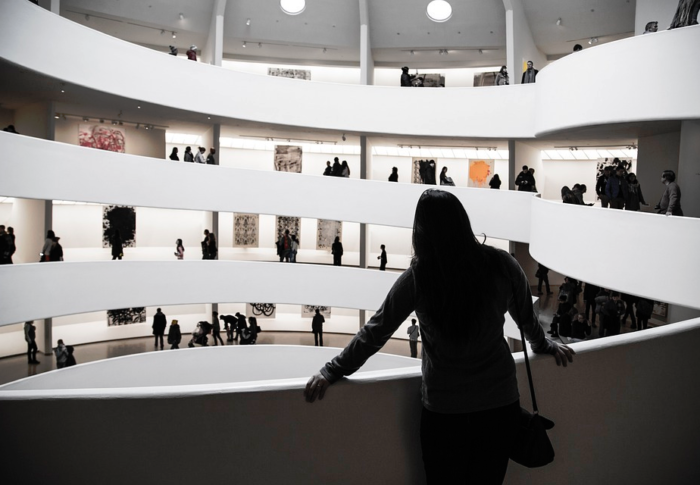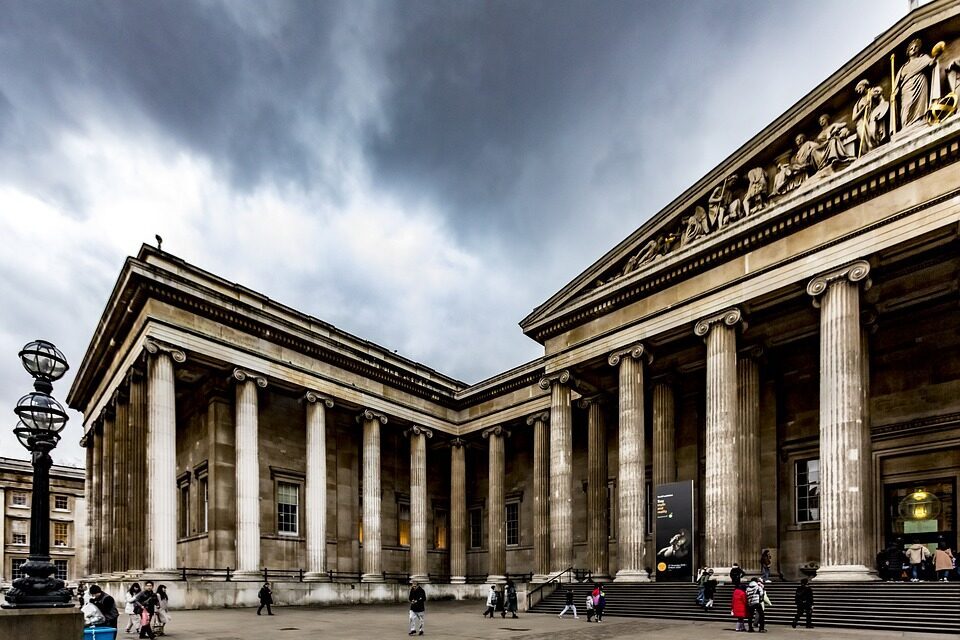
The British Museum
The British Museum is the largest and most popular history and art museum in Great Britain. Its permanent collection contains more than 8 million items, covering the history of world culture from its beginnings to the present day.
Creation history
The British Museum has more than 250 years of history. It was founded in 1753 by King George II of Great Britain on the basis of the collection of the physician, naturalist and scientist Sir Hans Sloane. For visitors the museum was opened 6 years later in the mansion Montague House, on the same site stands the modern building of the British Museum.
Over the following years the museum’s collection was constantly enlarged as a result of the British Kingdom’s expansion into other countries, large-scale archaeological excavations, and the acquisition or donation of private collections.
The constantly expanding museum could not accommodate more and more objects, which led to the disconnection of some departments and the creation of new museums. So, the Museum of Natural History appeared on the basis of the zoological, botanical, geological and mineralogical departments in 1845. And in 1973, on the basis of the museum’s collection the British National Library was created.
The unique collection of the British Museum is still systematically replenished with new objects: engravings, coins, drawings and medals from different eras and civilizations.
The building
The present British Museum building took 25 years to construct and was opened in 1847. The chief architect was Sir Robert Smerck, who conceived the project in the Neo-Greek style, the author of the pediment of the museum was Richard Westmacott.
British Museum
A little later, in 1857, the Great Court was built, with the Round Reading Room in the center.
And at the end of the twentieth century the British Museum building underwent new changes designed by the famous architect Norman Foster. So a huge reticulated glass dome appeared, which became the recognizable symbol of the museum.
British Museum exhibits
The British Museum in London displays less than 1% of its entire collection, which is true about 50,000 objects, located in nearly 100 galleries.
The museum’s collection is divided into 10 departments:
- Department of Ancient Egypt and Sudan
- Greece and Rome section
- Department of the Middle East
- Stamp and Drawings Department
- British, European and prehistoric department
- Asia Division
- Africa, Oceania, and the Americas Division
- Coin and Coinage Division
- Preservation and Research Division
- Libraries and Archives.
British Museum
The most popular is the exposition devoted to Egyptian art, which is rivaled only by the Cairo Egyptian Museum in terms of completeness of exhibits, as well as the halls of Ancient Rome and Ancient Greece.
In addition to the main exposition, the British Museum also holds temporary thematic exhibitions.
